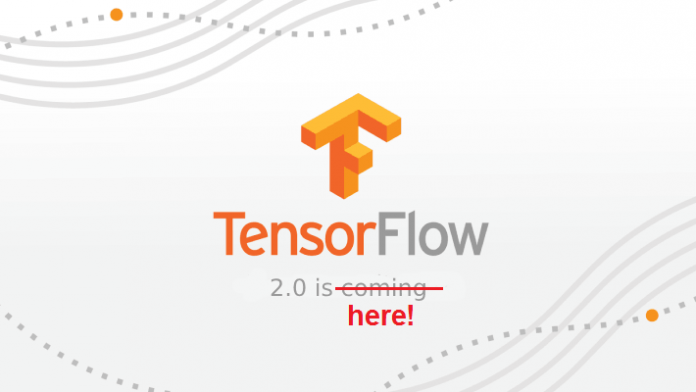While talking about the Tensorflow, it is one of the software package useful for the mathematical manipulation, storage, and transfer of tensor. Machine learning, neural networks and millions of parameters is the primary utility and development driver for TensorFlow.
At the beginning of this year, TensorFlow 2.0 is introduced at an alpha at the TensorFlow Dev Summit. With lots of efforts, it is finally launched and available for public use. One can download TensorFlow 2.0 from here.
TensorFlow offers You an easy to use platform which is more flexible and powerful than the previous one. Not only that, but it will also support the development of other platforms. Anyone who wants to push their art in machine learning for creating a powerful application, then TensorFlow is the best option for them.
TensorFlow 2.0 is the declared shortcomings of Tensorflow. It makes the ML application development easier with the integration of Keras and eager execution. It also creates a familiar environment for Python developers.
You can see several good variations in its performance on GPUs. It will work 3x faster with the help of mixed-precision on Volta. To get better performance, TensorFlow uses an improved API during inference on NVIDIA T4 Cloud GPUs on Google Cloud.
According to Kari Briski, Senior Director of Accelerated Computing Software Product Management at NVIDIA “Machine learning on NVIDIA GPUs and systems allows developers to solve problems that seemed impossible just a few years ago.” And also” TensorFlow 2.0 comes with many great GPU acceleration features, and we can’t wait to see the amazing AI applications the community will create with these updated tools.”
What is new on TensorFlow 2.0?
- TensorFlow 2.0 comes with Keras
- Declaring input pipelines with tf.data
- TensorFlow 2.0 runs with eager execution
- Removes some boilerplate code from the codebase
- tf.function decorator
Hence, TF 2.0 offers more flexibility for research-level experimentation while retaining the real-world utility and deployability.














